In the early 2000s I attended a government organised public event associated with the then introduction of tradeable Carbon Credits which, supposedly, would resolve all Climate Change concerns. One of the speakers was a European ambassador who knew one of the people responsible for implementing the Carbon Credit Market in Europe. The speaker said that they were told by that person that they could guarantee that the market would be run as planned, but that they would not guarantee that the anticipated result would be achieved. Since then there have been numerous examples of how the carbon market has been wrought with negative results. The classic one is payment being made for trees to be planted, which is done, but afterwards there is no nurturing so the carbon sink dies — and the carbon saving vanishes, but no-one is held to account.
RNZ on 14 November 2022 broadcast an interview titled ‘Farmers Want changes to the Emissions Pricing Plan’. This set out the latest consequences of various governments over the years incentivising the planting of trees as an easy way for NZ to achieve its carbon reduction targets. The speakers explain that rural areas are being depopulated as overseas investors with deep pockets are out-bidding locals and so buying-up productive farms to convert then to forests from which they reap a rich harvest of financial rewards from the tax-payer, but at the expense of much reduced sheep and beef production for New Zealand.
It is so easy to make policy decisions and implement them when a narrow and linear approach is taken to achieve a specific target. Unfortunately this often results in significant unintended consequences, as exemplified by the above, which can be much longer lasting and far outweigh the benefits of the original purpose. This is especially so when climate change, and also the built environment, are being considered.
Over the last couple of years I have written of some of these situations where a stated intention has been hijacked by consequences which were not allowed for even though they could have been easily anticipated if a little scenario-checking had been applied.
For August 2021 my blog was titled ‘IPCC: What Consequences Arise for the Building Industry’ where I presented a view that the current urban electricity system is not being prepared for the tidal-wave of conversion by households acquiring EVs and for new dwellings where induction hobs are preferred.
This ties in with another of February 2022: ‘Are New Zealanders to Become Electricity Paupers?’ where I report that overseas investors are queueing up for long-term contracts to use our green electricity for purposes which, due to their size, are of little direct benefit to our population, although the gentailer’s shareholders will do very nicely out of the arrangements. This last week (mid November) there are reports of proposed giant offshore wind farms off the Taranaki coast. The projects are described in units of how many homes they could supply, which is a sensible measure as it is easy to imagine the size. I notice that all of these types of projects use the word ‘could’ rather than ‘will’ which make it easy to afterwards explain why the electricity has had to be now sold to overseas customers; for example, to data centres or cryptocurrency miners. In recent weeks I have heard comment from the electricity supply industry that there is a need for national planning to coordinate new generation, rather than allowing suppliers to go ahead alone without regard to other proposed projects.
Of course the old chestnut of nuclear power as the country’s ‘knight in shining armour’ is being touted again. I presented my views on this in April this year, ‘Will New Zealand’s Energy Supplies Need To Go Nuclear?’, and September’s ‘Climate Change is for Real’. The other hope of the Lake Onslow pumped-hydro scheme only needs a little reality-testing to show it is a non-starter. These schemes work where there is a 24 hour or working week/weekend cycle, but Lake Onslow is to be reserved for a drought year. What happens to the excess rain-water once the lake is full? Who decides to draw-down the electricity and how far into the drought need it be before it is to happen? Will it be not until all other hydro lakes are empty, or when the shareholders want some return on their investment? There are various commentaries on the subject: just google ‘National Radio Lake Onslow’. The latest report, from 16 November 2022, is comment from Contact Energy at 'Lake Onslow not ideal for battery lake, cost ‘vastly understated’.
I don’t understand why the recent amendment to NZBC clause H1 insists on roof/ceiling insulation being a minimum of Construction R-value R6.6 across the whole country when this is immediately negated by allowing R3.3 for up to 500mm from the perimeter wall in certain circumstances. Yes, I know R6.6 is when compliance is being shown by the Schedule Method, but that is what is used for the majority of houses which also often do not have steep-pitched roofs. Heated air is dynamic so it just moves to where there is a less insulated escape path. Readers may be interested in my blog thoughts of June this year which can be seen at; ‘NZ Building Code: Clause H1 (Energy Efficiency) 5th Edition’. I understand anecdotally that recently constructed terrace housing have cooling problems in summer. This is with the former R-values for roofs. I don’t see why the problem should go away with the higher Construction R-values. Of course there is the heat-pump which can be switched to cooling but this will be consuming extra electricity from our drought-prone hydro lakes. Who wants to have all the windows and doors closed during those lovely hot summer days, as is required for aircon to operate correctly?
A dramatic situation where one branch of government is working in a contra direction to another is the very restrictive method of showing compliance with the Healthy Homes heating requirements. My understanding is that comprehensive thermal simulation analysis of the dwelling, or even data-logging of the actual performance, cannot be used to demonstrate compliance. This is in spite of the approved method making no allowance for passive solar gains, (ie. orientation be it to the south or north-west), nor of any thermal mass moderation. I wrote of the inconsistencies in the later part of my blog of October 2020 ‘The Need for Embodied and Operational Carbon Reduction’. Don’t get me wrong, I fully support the need to substantially upgrade the thermal and moisture problems of the old housing stock, especially rentals, but the approach, as for many other societal controls needs a wide-angle holistic approach which looks forward and not ‘from the viewpoint of the rear-vision mirror'.
The recent surprise cross-party policy change allowing up to three houses of three-storeys to be constructed on sites in the main cities could at least have been restricted to, say, only within 800 walking metres of a transport hub or arterial bus route. What ‘unintended consequence’ investigation was carried out first?
There is hope for the future as the Tomorrow’s Schools students from the 1990s onwards rise to positions of significant influence in all areas of society’s decision making, and scenario-testing for unintended consequences become much more the normal review process. The new curriculum emphasised learning how to learn and problem-solving, rather than the prior accentuation on remembering facts established by their elders.
In 1991 I and others were invited by the New Zealand Planning Council (Te Kaunihera Whakakaupapa Mo Aotearoa) to comment on the curriculum portion of the 1980’s comprehensive education review — Tomorrow’s Schools. The contributors’ thoughts were published in ‘Curriculum: Core or Corset? Community and Business Views’ – [New Zealand Planning Council, Wellington, May 1991, ISBN 0-908601-75-1]. My contribution “Forward – To the New Basics”, is at page 9, and Gwen Gawith’s “Education Today: Bandwagon, Bandaid or Beacon?”, at page 21.
Both address the need to prepare students for continual self learning and unpredictable change, as exemplified by the last 30 years of rapid change since then. So many big and small decisions in all walks of life, not just some political policy, are still being made by ‘Remembering the Future and Imagining the Past’.
Through EcoRate Ltd – Architect I provide objective independent passive solar thermal performance analysis and advice on sustainability matters, to architects, designers, builders, manufacturers, and others in the construction industry, included those proposing to build a new home. I am also a Homestar Assessor.
For more information feel free to contact Keith at EcoRate Ltd on 021 890 251, [email protected], or our website www.settlement.co.nz.









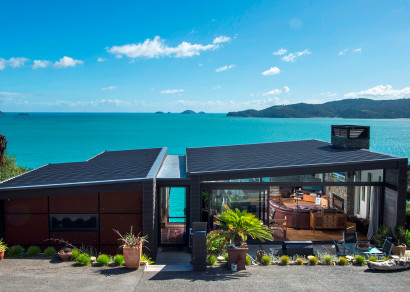



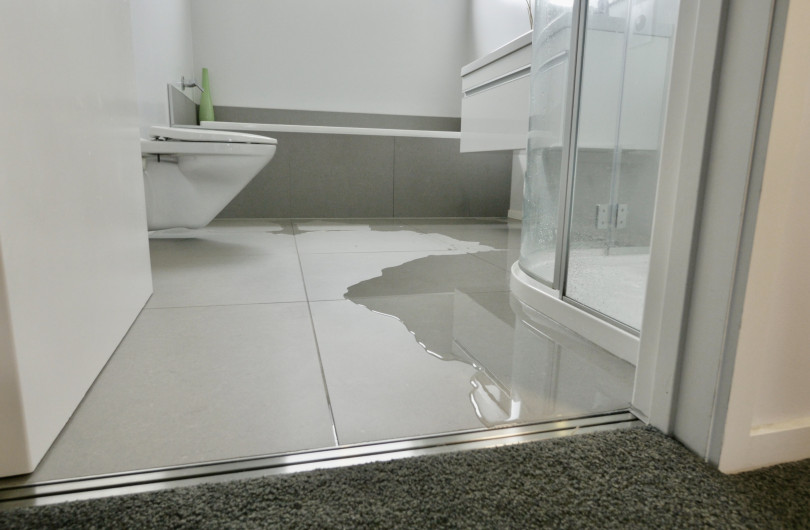
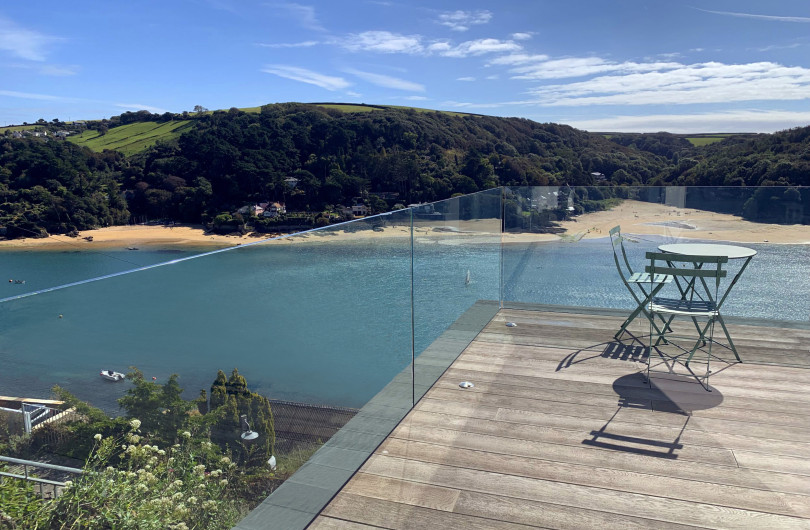
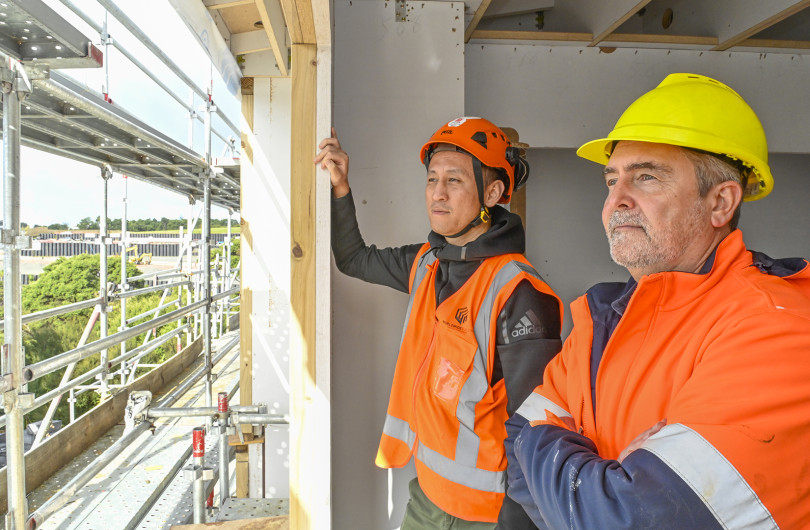


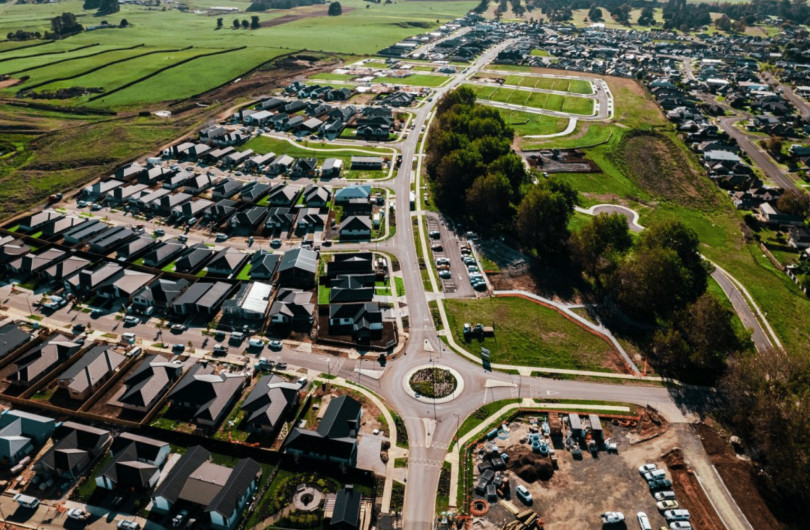










 Most Popular
Most Popular Popular Products
Popular Products



